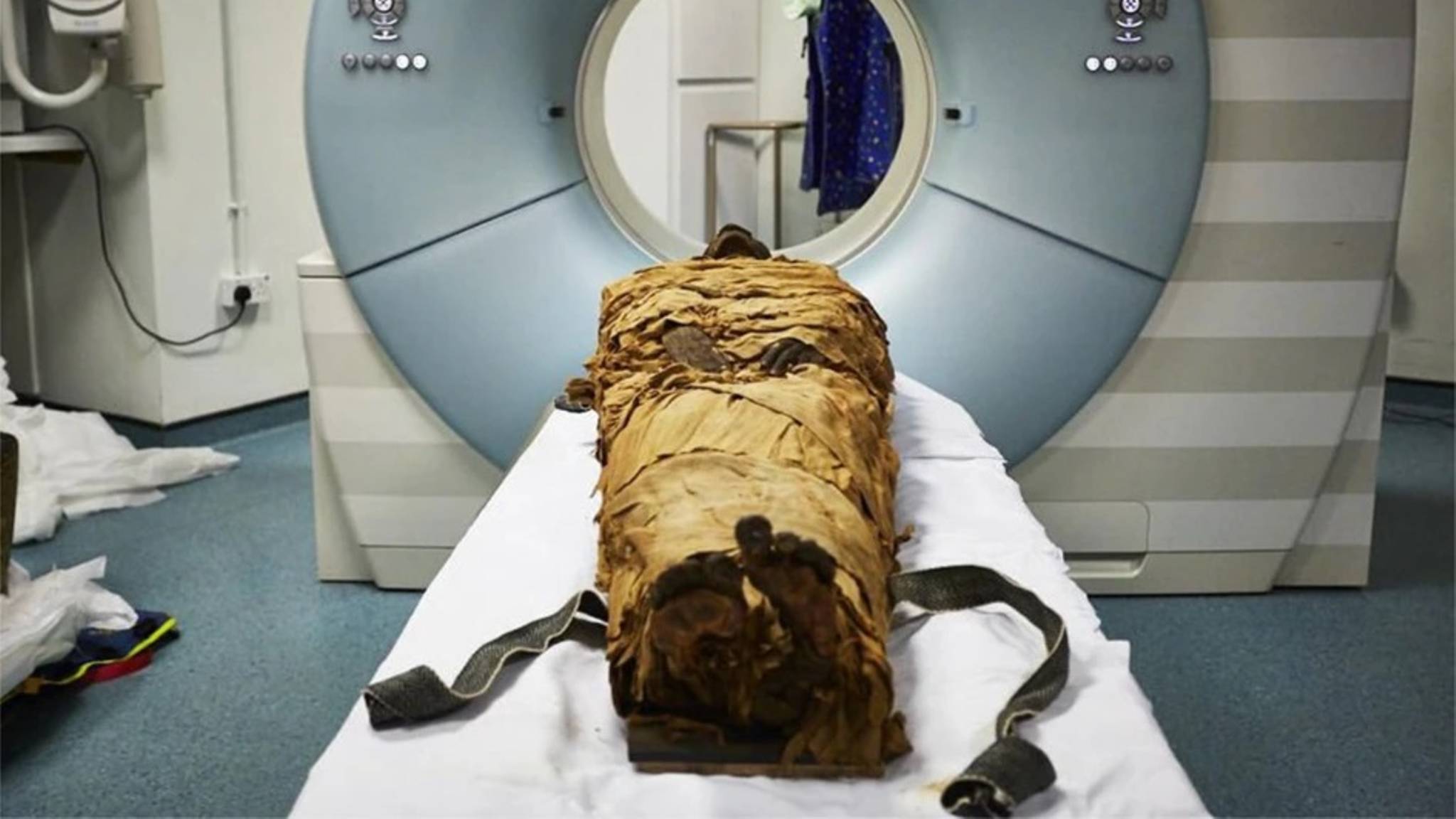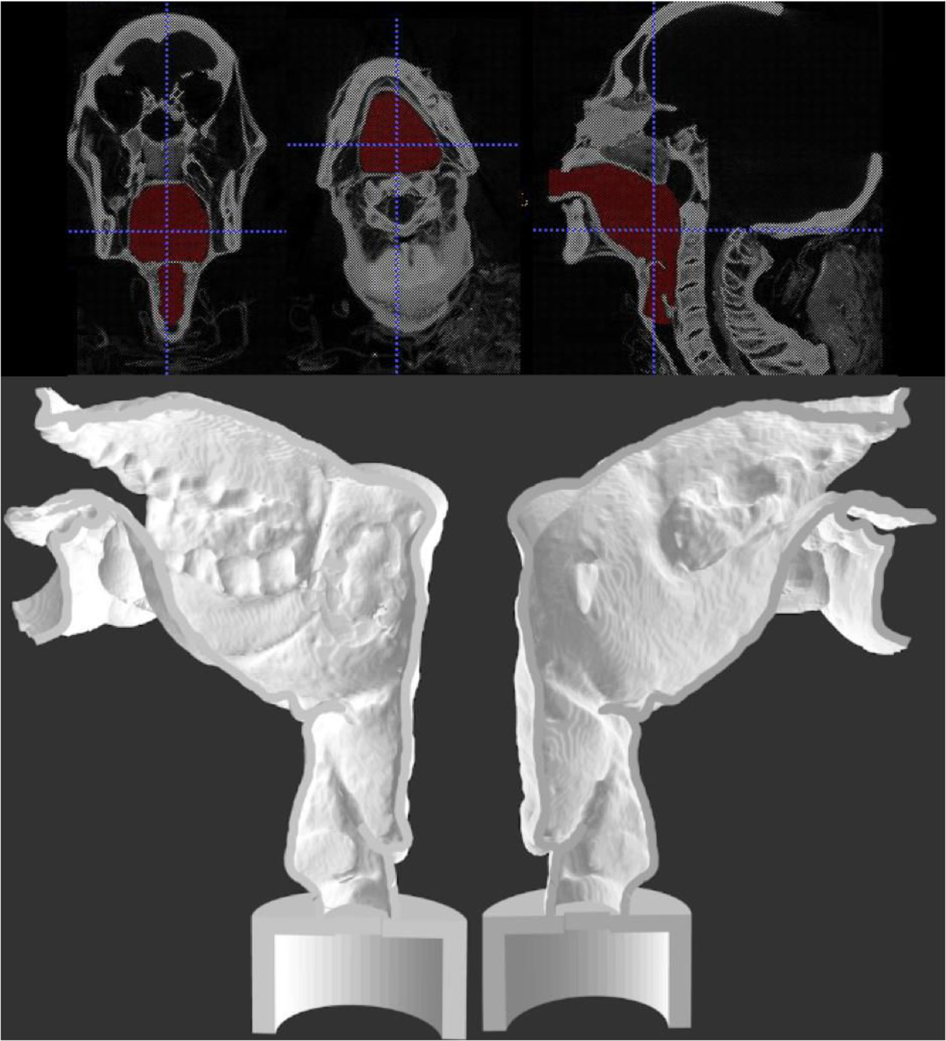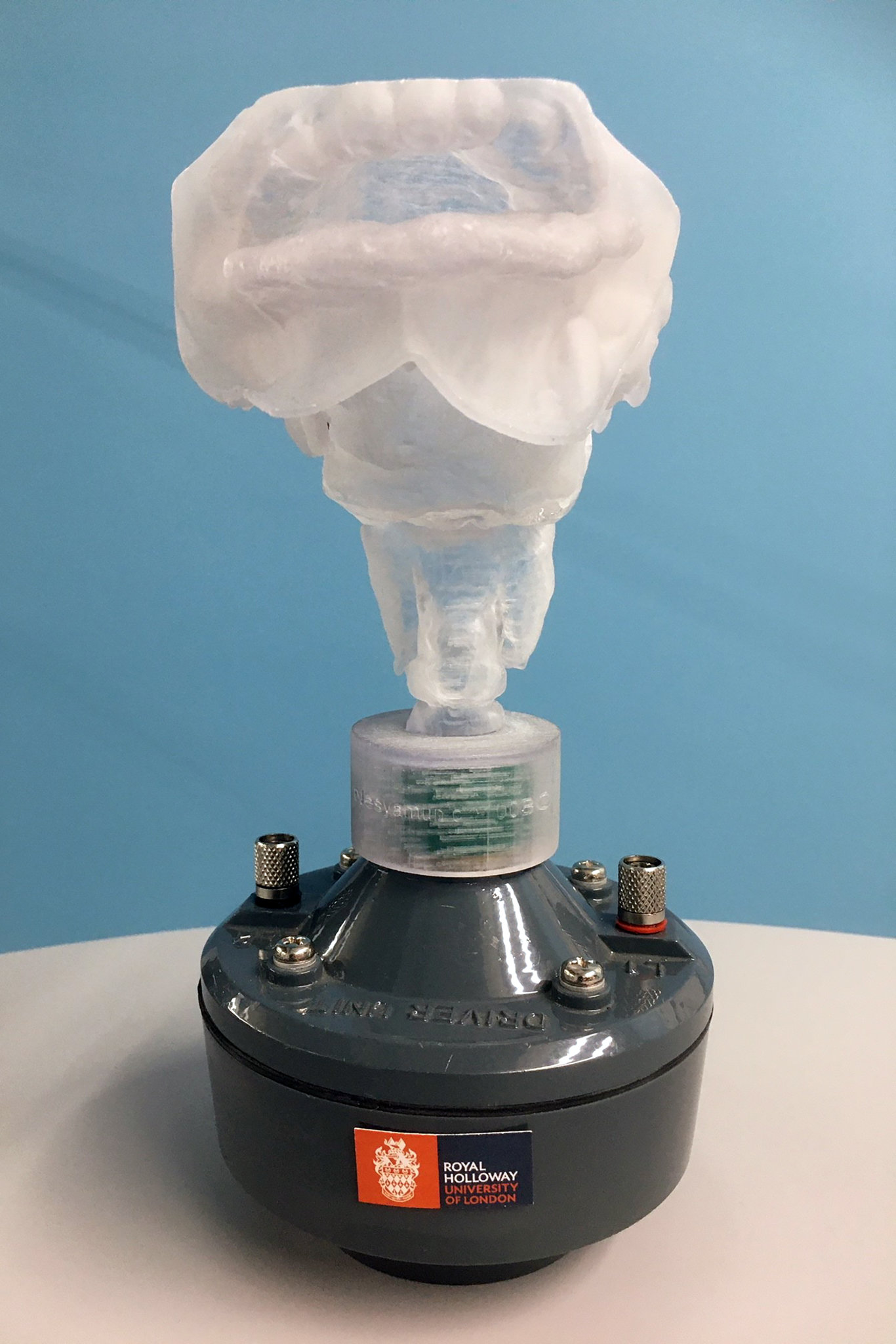UK scientists and archaeologists have replicated the voice of a 3000-year old Egyptian priest known as Nesyamun using a 3D printed vocal tract.
Although the noise from the 3D printed vocal tract is a short vowel-like sound, the research, published in Scientific Reports, states that this method could lead to new heritage and museum exhibitions, as it provides perspective on how ancient people spoke.
“The synthesis of his vocal function allows us to make direct contact with ancient Egypt by listening to a sound from a vocal tract that has not been heard for over 3000 years, preserved through mummification and now restored through this new technique,” the study states.
This investigation is part of the “Voices of the Past” project involving Royal Holloway, University of London, the University of York, Leeds Museums and Galleries, and the Leeds General Infirmary (LGI).

Voices from the Past
Nesyamun lived as a priest, incense-bearer, and scribe at the time of pharaoh Ramses XI, who reigned from 1107–1075BC. According to the researchers, his mummified body was a highly appropriate choice for vocal study as his throat was well preserved. Using a CT scan, data from Nesyamun’s vocal tract between the larynx and lips were collected then 3D printed with the Stratasys Connex 260.
Furthermore, the group noted that ancient Egyptians shared a fundamental belief that ‘to speak the name of the dead is to make them live again’. Thus, recreating Nesyamun’s voice was said to honour his will to live again. The study adds, “Vocalisation would not only fulfil Nesyamun’s own wishes as he himself expressed, but make them accessible to all.”
“It was a belief that ‘a man is revived when his name is pronounced’, both by living relatives and by the deceased themselves when appearing before the gods of judgement.” Thus, the ‘Voices from the Past’ Project was set up to investigate this possibility for those long dead in cases where their remains are sufficiently well preserved.

Vocalisation with 3D printing
Following the creation of the 3D printed vocal tract, Professor David Howard, Head of the Department of Electronic Engineering, Royal Holloway, University of London, created an artificial larynx with a loudspeaker using an electronic waveform. This emulated common speech synthesizers. The sound was then played through the speaker into the 3D printed vocal tract to produce a short burst of Nesyamun’s voice.
The research continues, “Nesyamun’s duties included speaking as well as chanting or singing the daily liturgy, so the vocal tract organ was used to provide a falling intonation in the male speech fundamental frequency range.”
“The transmission of sound resulting from his actual vocal tract after a three millennia silence would mean that those who come to see him would also be able to hear a sound from his vocal tract as an initial step, emphasising his humanity with the potential to excite and inspire.”

For more news on the latest research in 3D printing technology subscribe to our 3D printing newsletter. You can also join us on Facebook and Twitter to see live updates.
We also have great careers in the manufacturing industry, visit our 3D Printing Jobs site to learn more.
Featured image shows the mummified body of Nesyamun laid on the couch to be CT scanned at Leeds General Infirmary. Photo via Leeds Teaching Hospitals/Leeds Museums and Galleries.


